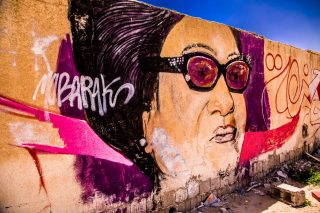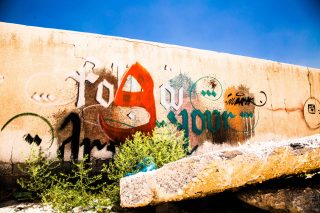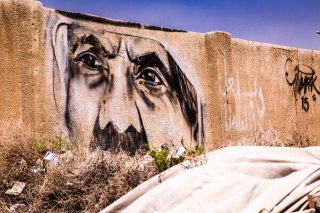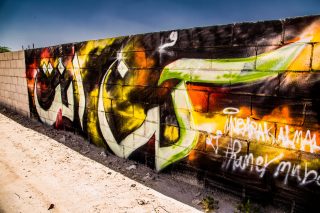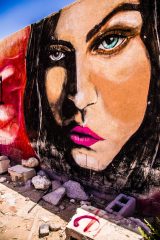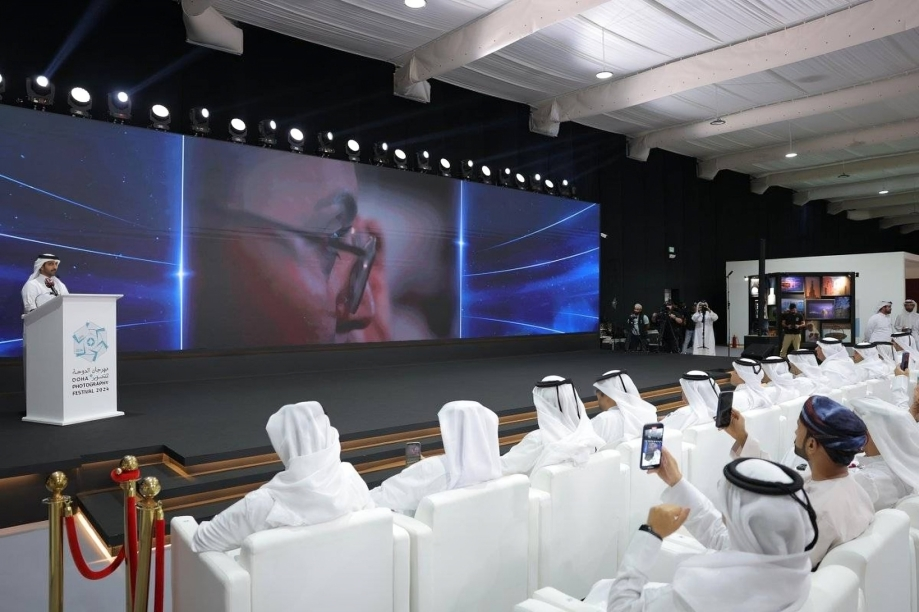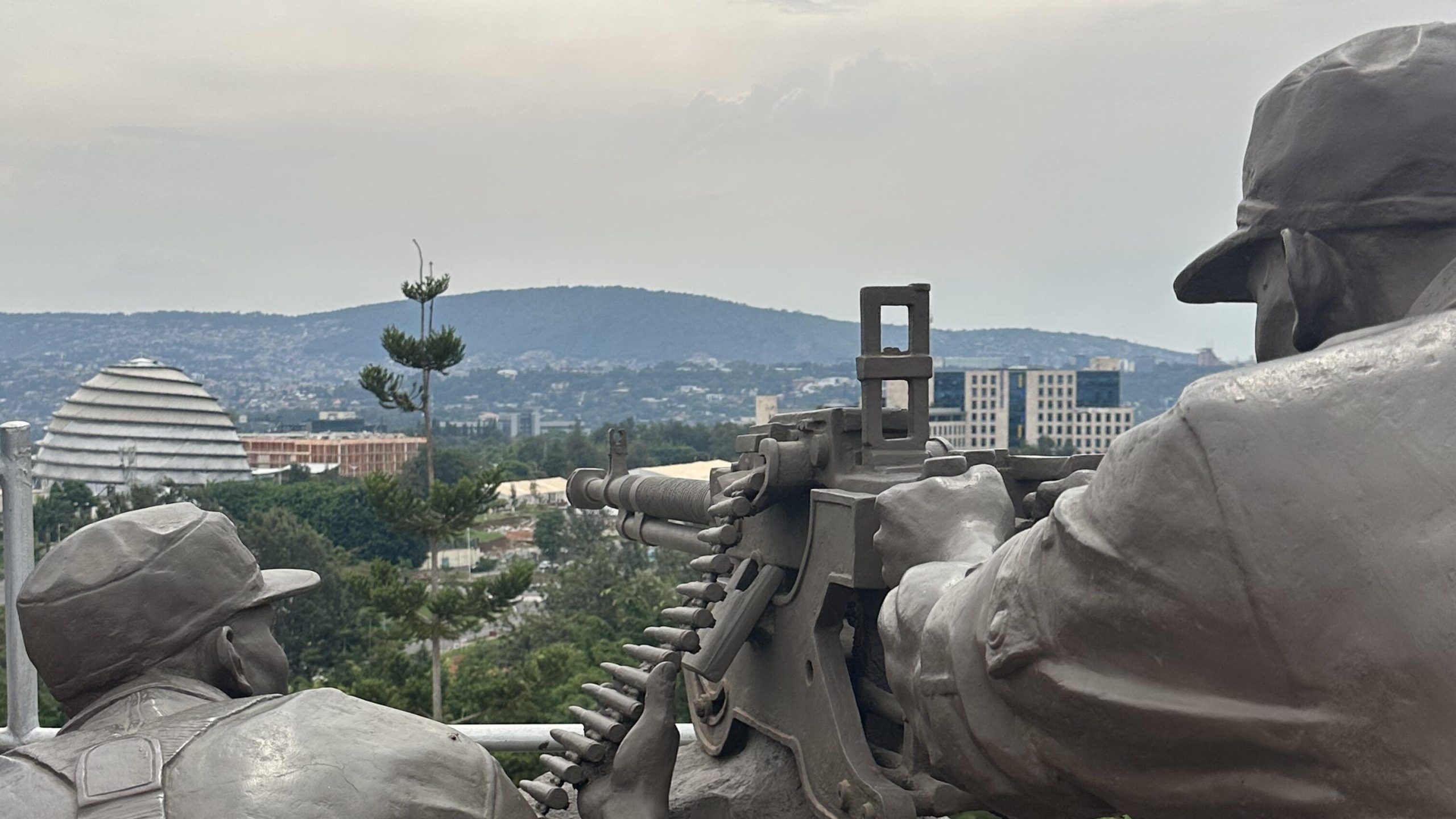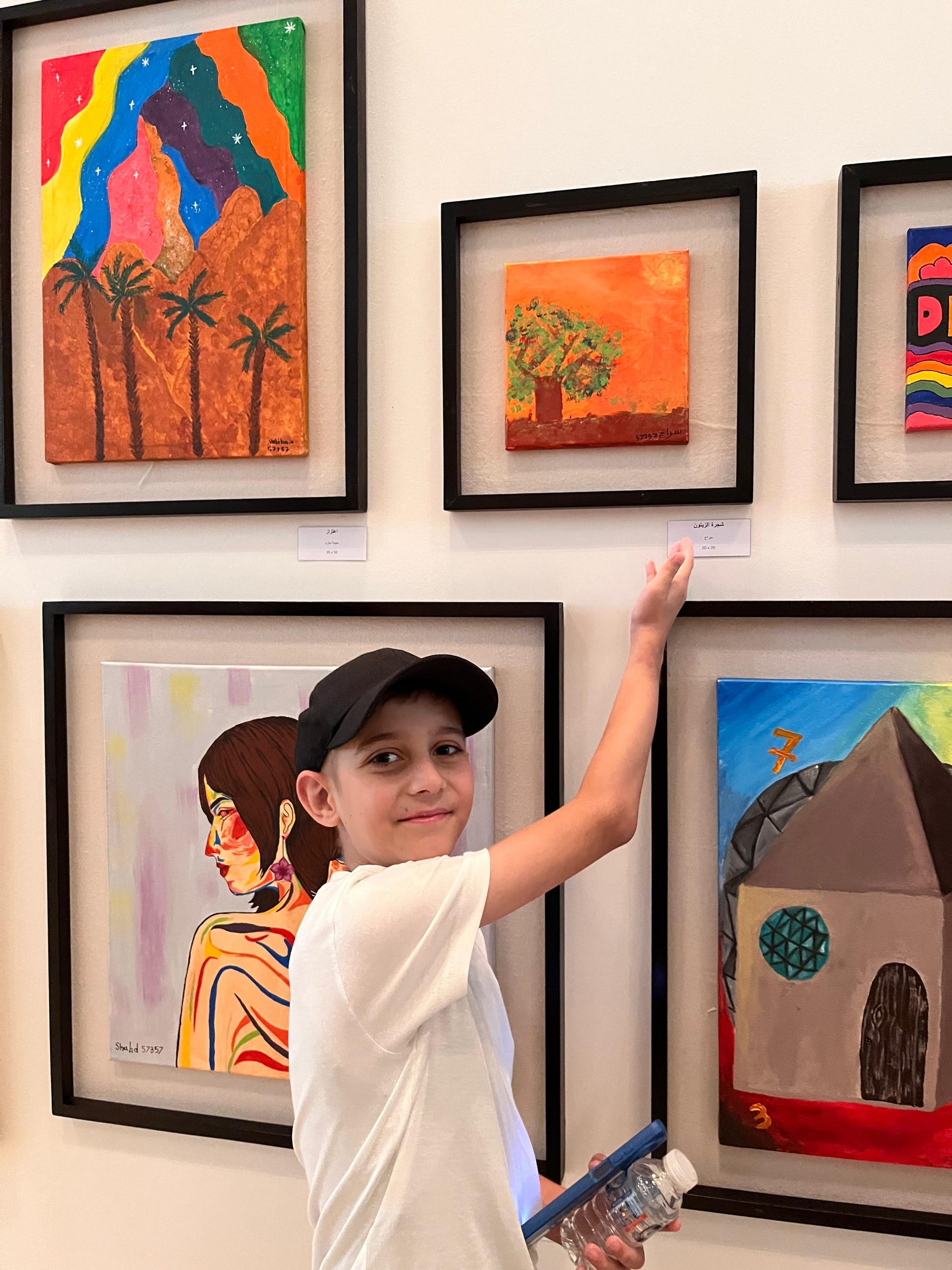All photos by Reem Saad
When most people look at Doha, they see iconic skyscrapers and mosques. But what gets Mubarak Al Malik’s attention is the walls of abandoned yards and buildings.
With a spray paint can in one hand and an airbrush in the other, the 29-year-old Qatari artist can spend hours filling vacant walls with snippets of Arabic pop culture.
Sometimes, he creates vibrantly colored murals of Qatari women wearing the batoola, traditional symbols and chunky graffiti prints.
In a few years, Al Malik plans to employ his signature style to decorate the upcoming Doha Metro, which opens to the public in late 2019.
Like Banksy
Known to many by his street name Mubarak1221, Al Malik only picked up on the form five years ago, teaching himself daily by watching YouTube tutorials after famous graffiti artists like Banksy popularized the practice.
In a recent interview with Doha News, he said:
“I saw graffiti art everywhere when I traveled. And most of it was done in part to symbolize cultural significance. Very diverse expressions and even insults were painted on the walls. It got me thinking why such form of art is not known here in Qatar, and as a diverse artist myself, I decided to introduce it to Qatar.”
But the lack of teaching centers in Qatar, especially in the form of graffiti art, posed a challenge for Al Malik. For months, the self-taught artist would indulge in the practice at home before moving on to Doha’s streets.
Today, Al Malik’s work can be seen on numerous abandoned buildings and yards around the country, including some private buildings and farms.
His work is particularly prominent in an abandoned yard near the Nissan showroom on Salwa road, with spray-painted Arabic proverbs and iconic faces of the Arab world, including popular Egyptian singer/songwriter Umm Kulthum and Qatar’s previous Emir Sheikh Hamad Bin Khalifa Al Thani.

Al Malik’s art has also been featured at Katara Cultural Village, Education City, numerous art centers and Hamad International Airport.
In many countries, graffiti is a notorious art form, often seen as a form of vandalism and criminal mischief.
Beautifying what’s old and forgotten
But Al Malik said his art serves a greater purpose.
“I, Mubarak, have my principles. Painting walls without permission is normally viewed as a form of trespass, whether they are public or private, and that usually has its consequences with the law.”
He continued:
“But what I’m merely trying to do is beautify the places that are old and forgotten, and those that are abandoned and not fit for use.
I don’t see any harm in that, and that is why I put my signature and name, and generally, I will take responsibility if any problems arise. But so far, the response has been great.”
Of the greater challenges that Al Malik and other graffiti artists in Qatar face include shortage of materials and expensive prices of apparatuses that are exclusively used for graffiti.

Today, a bottle of spray paint costs around QR50, and most aerosol cans favored by graffiti artists have a high alcohol content that are not usually stocked in many of the country’s art supply stores.
Regardless of these obstacles, the young Qatari artist still looks forward to painting on more walls around the country.
“I want this form of art to spread in Qatar, and I hope I can be the one to do that,” Al Malik said.
Thoughts?


